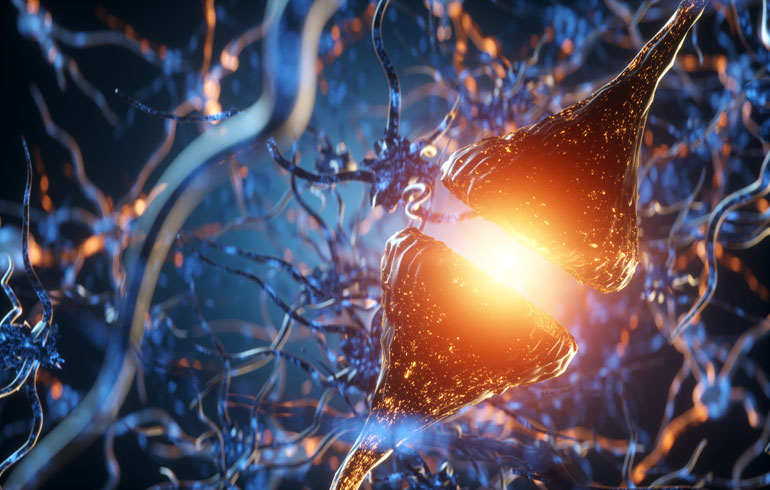Music is both aesthetic and therapeutic.
Music is universally loved, and the joy of listening to favorite works can bring people together, heighten emotions, and inspire nonverbal communication on a deep level. The therapeutic element of music is equally as important as the aesthetic element; music protocols based in scientific research are applicable to many diagnoses that involve motor, speech, and cognition challenges.
Historically, music therapy began as a vocation shortly after World War II, when musicians in bands would travel to the VA hospitals to play for the wounded soldiers. It was noticed that these soldiers somehow felt better after hearing the music, but no one really knew why. Demand grew for more and more musicians to play at the hospitals, and the first university program for music therapy certifications was established in 1944 at Michigan State University.
“Music can lift us out of depression or move us to tears – it is a remedy, a tonic, orange juice for the ear. But for many of my neurological patients, music is even more – it can provide access, even when no medication can, to movement, to speech, to life. For them, music is not a luxury, but a necessity.” - Oliver Sacks, MD
When brain-imaging tools such as fMRI and EEG came into wide use during the 1990s, the path forward for music therapy gradually emerged from social science into neuroscience. Research shows that rhythm is the key element to entrain brain oscillations, heart rate, and muscle movement.
Evidence-based research verifies that music helps encourage brain plasticity, resulting in regrowth or repatterning around damaged or diseased areas for conditions such as stroke and traumatic brain injury. Unfortunately, there are some disorders such as Parkinson's disease that affect an area of the brain where plasticity cannot develop. However, greater quality of life can still result from the use of music to assist with motor movement and speech.
Please click on the links to the right (if viewing on a laptop) or below (if viewing on a phone) for additional/supplementary articles and websites for more in-depth information.








